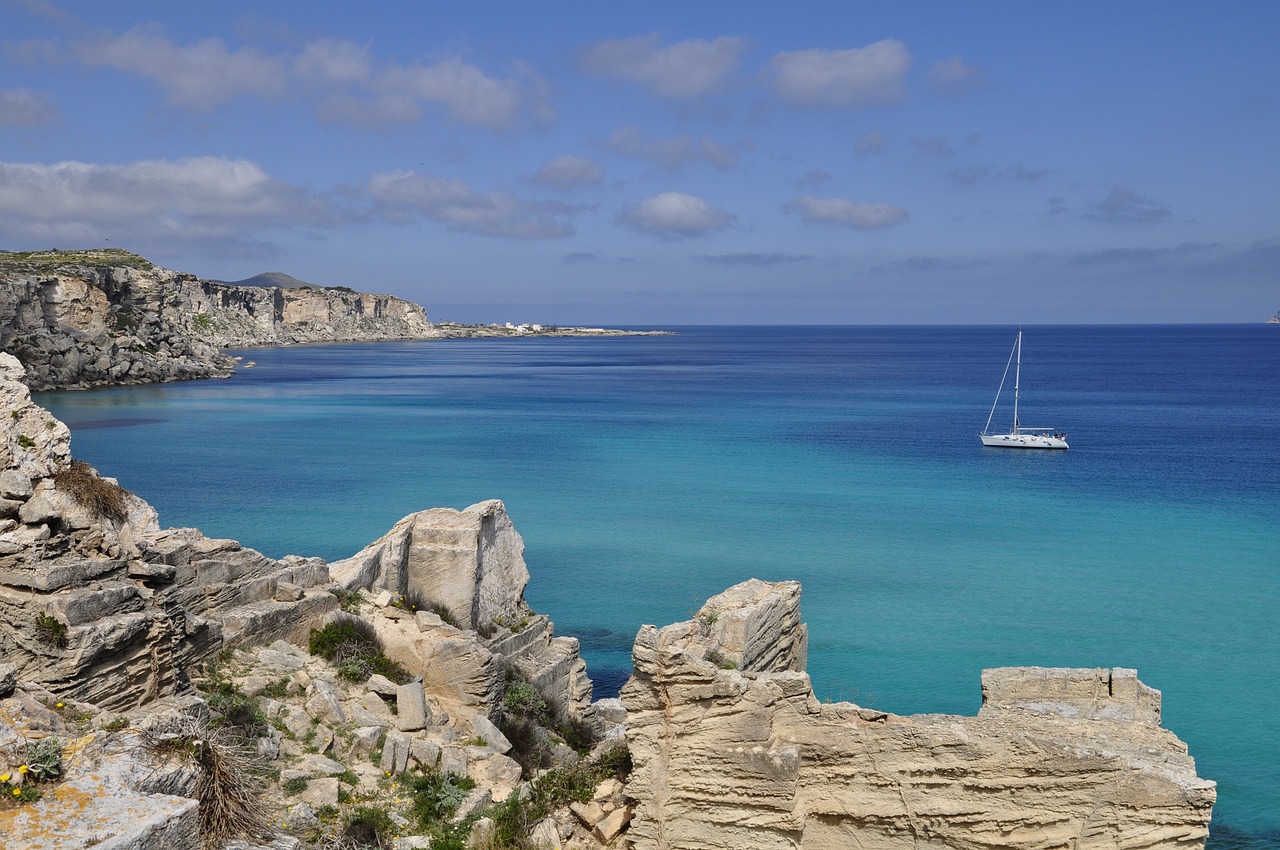In this study, the natural capital of the Egadi Islands marine protected area was assessed using a biophysical and trophodynamic environmental accounting model. The emergent value of autotrophic and heterotrophic natural capital stocks was calculated for the main habitats of the protected area. Finally, the emergent value of natural capital was converted into monetary units to better communicate its importance to local managers and policy makers. The total value of natural capital in the MPA resulted in 1.12 – 10^21sej, equivalent to approximately 1.17 trillion euros.
In addition, using Marxan software, the environmental accounting results were integrated with spatial data on major human uses. This integration took into account the trade-offs between conservation measures and human exploitation through two different scenarios, with and without considering human uses. The comparison between the scenarios highlighted the importance of taking into account human activities in marine spatial planning, allowing the identification of key areas for the conservation of natural capital.
In conclusion, this study showed the importance of integrating environmental accounting with conservation planning to support effective strategies for ecological protection and sustainable management of human activities. The results of this study represent a first useful reference point to explore alternative strategies for nature conservation in the MPA and, more generally, in Mediterranean MPAs.

- Pixabay.com
Integrating natural capital assessment and marine spatial planning: A case study in the Mediterranean sea
Main author
Year
Labels
- natural capital accounting
- marine protected area

